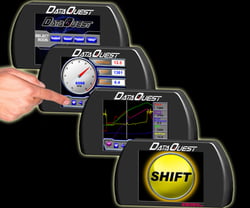8
87vette81big
Guest
Check your PM box again Rick.
87vette81big said:Do You have one to zip off an old alternator ?
All GM the same.
Install the spacers exact as you took out Rick.Indycars said:87vette81big said:Do You have one to zip off an old alternator ?
All GM the same.
Still have my old 10 SI alternator, that should work.

 www.innovatemotorsports.com
www.innovatemotorsports.com



bytor said:Slick looking setup. How does the O2 sensor interface to the AQ-1? Directly or do you need an controller or gauge?


